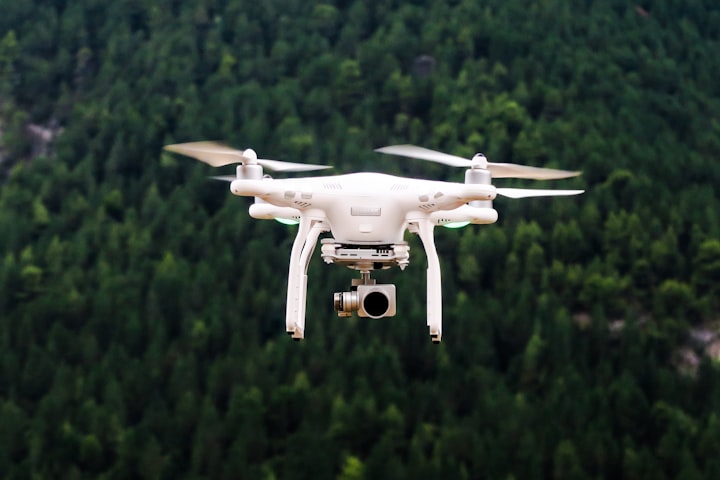In July a 100 Mile Wide Comet's Coming To Visit Our Neighborhood
It's bigger than what killed the dinosaurs, and it's coming. So, get those telescopes ready so you can see it before it's too late.

We’ve all heard of Haley’s Comet. If you don’t remember what a comet is, they’re essentially a galactic boulder made of frozen gases, rock, and dust that orbit the Sun. Frozen, they’re the size of small cities. When the orbit of a comet gets closer to the Sun, the comet warms and spews dust and gases into a giant glowing head larger than most planets. We then get the experience of seeing them fly through our solar system, hopefully not getting too close to our world. If one did, it would be catastrophic.
Next month there is a comet due to fly by Earth. This once record-setting-sized comet will make for an interesting experience for astronomers, amateur astronomers, and space buffs of all ages.
Comet C/2017 K2
C/2017 K2 was originally spotted using Hawaii’s Pan-Starrs telescope and followed up with observations by the Hubble later in the year. At the time it was deemed a record-breaker, becoming the farthest away inbound comet ever seen. At a distance of 1.5 billion miles from the Sun, it was spotted past Saturn’s orbit.
Back when the comet was first found, it was already developing an 80,000-mile-wide tail of dust, also known as the comet’s coma, as it approached the sun. For context, the comet’s coma was nearly as big as Jupiter. After five years, the comet is much closer and will be passing Earth in just a few weeks. The closest point will be achieved on July 14 according to the Earthsky space website.

Scientists don’t know exactly how enormous comet C/2017 K2 is, they just know it’s a giant. Initially, it was expected it may be more than 100 miles wide. A further study from the Hubble data suggests it’s near 12 miles wide or less.
Either way, 100 miles or 12 miles, for those that have a telescope or for those that obtain one, C/2017 K2 will be possible to find today if you look close to the star Cebalrai. Check out some stargazing software and get help finding C/2017 K2.
Having fun in the summertime can become an adventure if you’re into star gazing, and it’s the place where dreams of space and exploration are born from. There’s plenty to watch, especially lately, as the Sun actively discharges solar flares, Elon Musk launches satellites regularly for the Starlink system, asteroids and meteors continue to fly by, as well as watching for the mysteries of space.
The Next Big Comet
Besides C/2017 K2, we have C/2014 UN271 to look for in the not-so-distant future. What will continue to make C/2014 UN271 so intriguing to people is that it has the largest nucleus of anything astronomers have ever discovered. Its incredible size is magnificent, from a scientific point of view.
First found by Pedro Bernardinelli and Gary Bernstein, its size was determined using the Hubble. At that time it was about 3 billion miles away.
David Jewitt, a professor at UCLA, researched the comet and published his findings. This comet is ancient, as much as 4 billion years old. The team studying it estimated it to be near 500 trillion tons. If true, it’s a hundred times greater than the mass of a typical comet.
“Big and blacker than coal.”
— David Jewitt
We’ve got a while to wait on C/2014. Even as it hurtles inward toward Earth’s orbit at 22,000 miles per hour, it won’t be close to Earth until 2031 and scientists predict the distance will be equivalent to the distance between Earth and Saturn.
There are two others coming this year that might be of interest to even amateur stargazers. Get a telescope and get ready for an exciting second half of 2022 as there’s plenty to watch.
Comet 73P/Schwassmann-Wachann 3 on August 25th, 2022
Comet 81P/Wild 2 on December 15th, 2022
About the Creator
Jason Ray Morton
I have always enjoyed writing and exploring new ideas, new beliefs, and the dreams that rattle around inside my head. I have enjoyed the current state of science, human progress, fantasy and existence and write about them when I can.






Comments
There are no comments for this story
Be the first to respond and start the conversation.